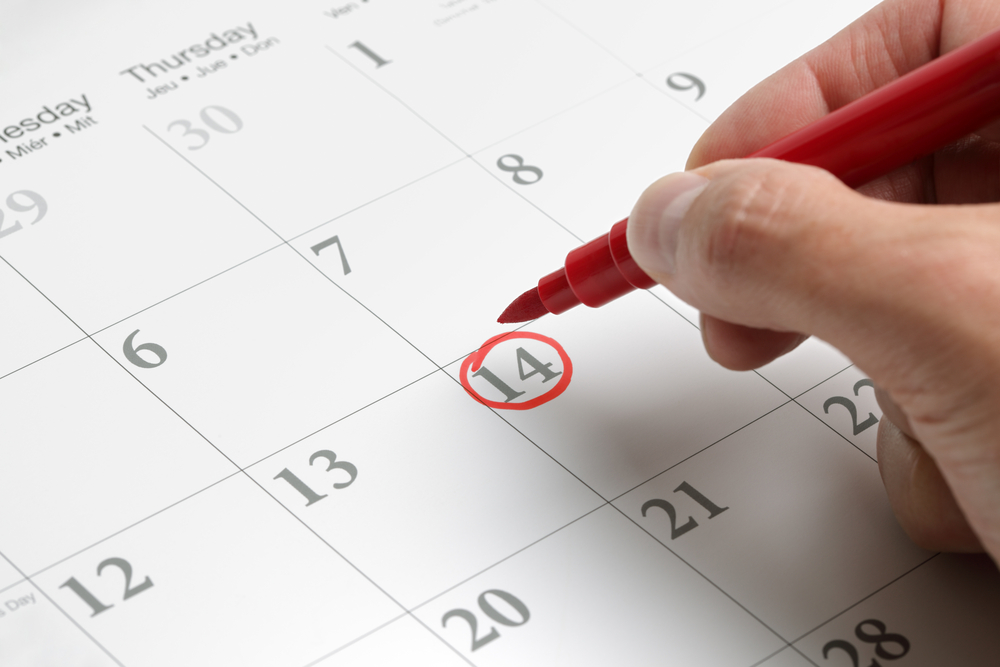There are lots of tools that can help measure social media marketing efforts, but some of them are unwieldy simply because it’s hard to to quantify success or failure. Facebook is trying to change that by providing more metrics about branded events. Page administrators can now see how many people have received event invitations, viewed Page details and responded to them.
Why are events a useful social media marketing tool? They help brands cash in on their most highly engaged connections. And while events might often seem better suited to physical storefronts, they have many business applications, including:
- Webinars and Hangouts: A live webinar or interactive Hangout is great for connecting with clients, especially in technically complex B2B industries. The new Facebook Events metrics help brands get a better sense of their success for these occasions.
- Meetups: Industry events like conferences or live seminars are great places to chat with customers, prospects and clients face-to-face. When there’s a highly engaged user base that is receptive to in-person meetings, it’s important to capture their enthusiasm accurately. Facebook Events metrics make this easier than in the past.
- Storefront promotions: While other types of digital and physical meetups are great for turning engagement into sales, the most beneficial events are probably actual in-store promotions. Creating the perfect environment for a seasonal sale or timely publicity push requires getting an accurate sense of awareness and attendance, which Facebook has just made a lot easier.
The next generation of social marketing will involve better metrics for capturing audience awareness and enthusiasm. As Brafton reported, Twitter is focusing on impressions as important marketing metrics that are equivalent to engagement. It’s fine to look at Retweets as a mark of good social content, but they don’t necessarily illustrate how many people are seeing published brand media.
According to a GlobalWebIndex report, the average mobile web user is spending 1.5 hours browsing the web, and some groups (such as those ages 45 to 54) do so much more. And as comScore research indicates, smartphone penetration is expected to reach 75 percent of all Americans by the end of 2014.
Considering how much time people are spending online, bouncing from site to site and app to app, it’s become more important than ever before to get an accurate picture of customer behavior. Resources like Google Analytics only paint part of that picture, and a whole toolbox (full of utensils like Facebook Events metrics) need to be deployed to properly quantify content marketing campaigns.




